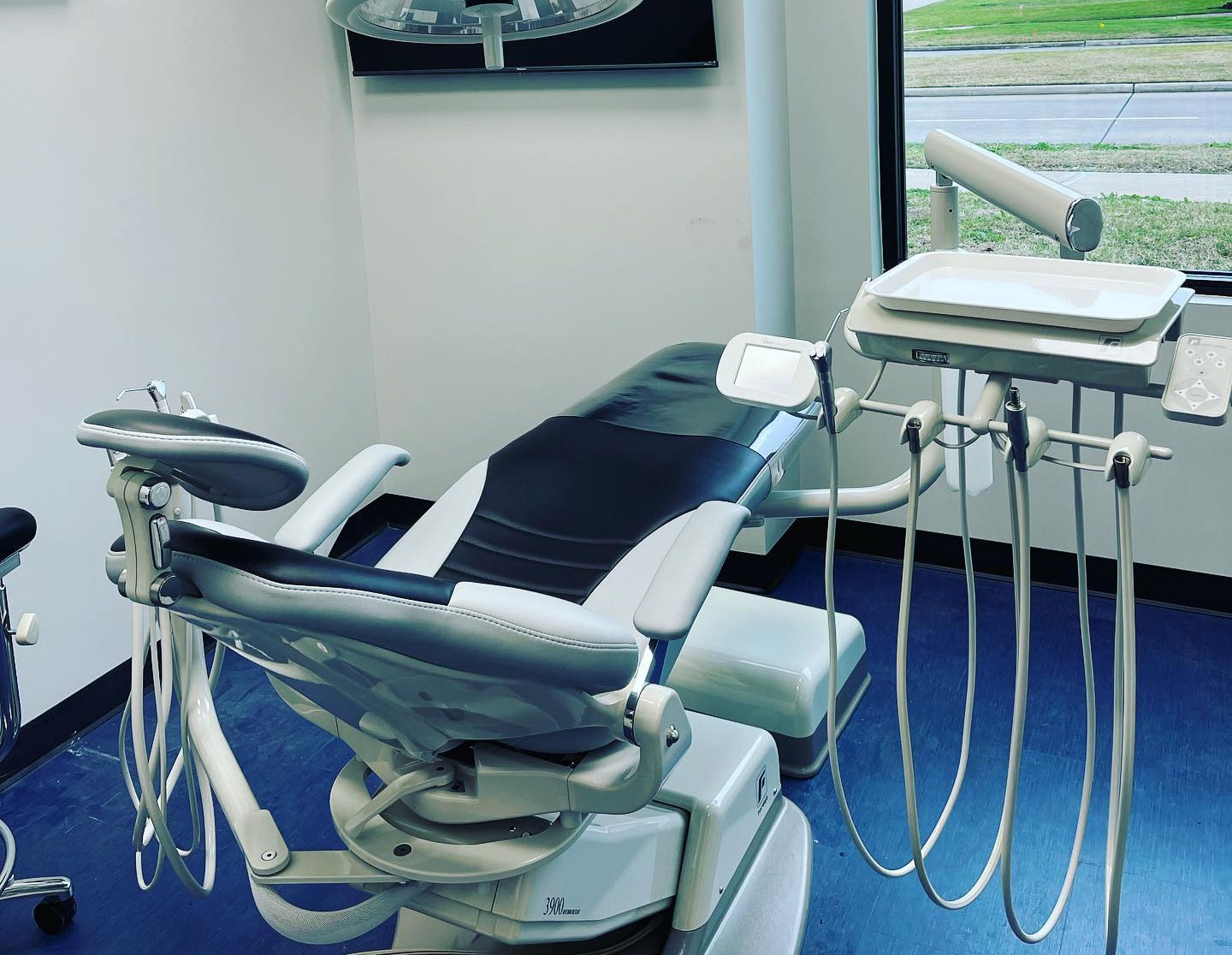New Patients
(281) 205-4019
Existing Patients
(281) 994-7346

When a child’s facial growth and development do not proceed in a normal and harmonious manner, the jaws may fail to achieve proper alignment. This can lead to various functional and cosmetic challenges, impacting not just the appearance of the face but also the fundamental processes of eating, speaking, and breathing. In cases where the jaws are not positioned correctly, it can negatively affect the occlusion (bite), facial symmetry and balance, as well as the health and function of the temporomandibular joint (TMJ).
Improper jaw relationships can result from congenital conditions, developmental issues, or traumatic injuries. These discrepancies may manifest as an overbite, underbite, open bite, crossbite, or other malocclusions that affect both function and aesthetics. While orthodontic treatment using braces or clear aligners can effectively reposition teeth, it is often insufficient to correct underlying skeletal issues. This is where orthognathic surgery, also known as corrective jaw surgery, becomes essential.
Orthognathic surgery involves the surgical correction of jaw and facial bone irregularities to improve function, health, and appearance. This type of surgery aims to reposition the jaws into proper alignment, thereby correcting discrepancies that affect chewing, speaking, breathing, and facial aesthetics. The procedure is typically recommended for individuals with severe skeletal abnormalities that cannot be resolved through orthodontics alone.
Common conditions that may require orthognathic surgery include:
While orthognathic surgery is primarily associated with orthodontics and oral surgery, periodontists play a crucial role in ensuring optimal outcomes, especially when the health of the supporting structures of the teeth is compromised. Periodontal health is foundational to the success of both orthodontic and surgical treatments, as healthy gums and bone are necessary to support proper alignment and long-term stability.
In cases where patients present with periodontal disease, bone loss, or gum recession, periodontal intervention may be required before, during, or after orthognathic surgery. This can include:
Orthognathic surgery requires a team approach for comprehensive care. This team typically includes:


The process begins with a comprehensive evaluation by the multidisciplinary team. This includes a detailed medical and dental history, clinical examination, imaging studies (such as X-rays, CT scans, and 3D models), and digital treatment planning. The goal is to assess the jaw structure, bite relationship, airway, and periodontal health to develop a customized treatment plan.
Before surgery, orthodontic treatment is initiated to align the teeth into their proper positions relative to the jawbone. This phase can take several months to a few years, depending on the complexity of the case. Although this may temporarily worsen the bite, it ensures that the teeth will fit together correctly after the jaw is repositioned.
Orthognathic surgery is typically performed under general anesthesia in a hospital or surgical center. The surgeon makes precise cuts in the jawbone to reposition it into the desired alignment. The bones are then stabilized using plates, screws, or wires. Depending on the case, the surgery may involve the upper jaw (maxillary osteotomy), lower jaw (mandibular osteotomy), chin (genioplasty), or a combination of these procedures.
After surgery, orthodontic treatment continues to refine the bite and ensure proper alignment. Periodontal maintenance is critical during this phase to monitor gum health, manage inflammation, and support tissue healing. Regular follow-up visits are scheduled to assess progress and address any concerns.
Recovery from orthognathic surgery typically involves an initial healing period of 6 to 8 weeks, with complete healing taking up to 12 months. Patients may experience swelling, discomfort, and dietary restrictions during the early recovery phase. Long-term success depends on diligent oral hygiene, adherence to orthodontic instructions, and regular periodontal check-ups to maintain the health of the supporting structures.
The benefits of orthognathic surgery extend beyond aesthetics, offering significant improvements in oral function, health, and quality of life:
If you or your child have concerns about jaw alignment, bite function, or facial aesthetics, a comprehensive evaluation by our experienced team can help determine if surgical orthodontics is the right solution. At SKY Periodontics & Implant Dentistry, we are dedicated to providing personalized care, utilizing advanced technology, and collaborating with specialists to achieve the best possible outcomes for our patients.
Contact us today to schedule a consultation and learn more about how surgical orthodontics can transform your smile and improve your overall oral health.
Surgical orthodontics, also known as orthognathic surgery, involves surgical procedures to correct jaw irregularities that cannot be treated with orthodontics alone. It helps improve jaw alignment, facial symmetry, and overall oral function.
Surgical orthodontics is necessary when there are severe jaw discrepancies, such as significant overbites, underbites, crossbites, or facial asymmetry, that affect chewing, speaking, breathing, or aesthetics and cannot be corrected with braces or aligners alone.
Periodontology focuses on the health of the gums and supporting bone, which are critical for the success of surgical orthodontic treatments. Healthy periodontal structures provide a stable foundation for jaw alignment and long-term dental health.
A periodontist ensures the health of the gums and bone before, during, and after surgery. They perform procedures like bone grafting, gum grafting, and periodontal maintenance to support surgical outcomes and prevent complications.
Conditions treated include severe malocclusion, jaw deformities from birth defects or trauma, facial asymmetry, sleep apnea due to airway obstruction, chronic jaw pain from TMJ disorders, and difficulties with chewing, swallowing, or speaking.
Initial healing typically takes 6 to 8 weeks, with complete recovery up to 12 months. Swelling, discomfort, and dietary restrictions are common in the early stages, and long-term follow-ups are important for optimal results.
Discomfort is common after surgery, but it is manageable with prescribed medications. Most patients experience swelling and soreness rather than intense pain, and these symptoms gradually improve during recovery.
Like any surgical procedure, risks include infection, bleeding, nerve damage, and relapse of the jaw position. Working with an experienced surgical team minimizes these risks, and proper post-surgical care promotes successful outcomes.
In mild cases, orthodontic treatment alone may be sufficient. However, for severe skeletal discrepancies, surgery is required to reposition the jaws while orthodontics aligns the teeth to fit the new jaw position.
A comprehensive evaluation by an orthodontist, periodontist, and oral surgeon can determine if surgical orthodontics is needed. Signs include difficulty chewing, speaking, or breathing, facial asymmetry, and persistent jaw pain.
